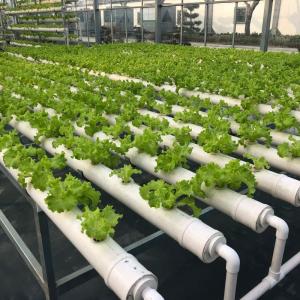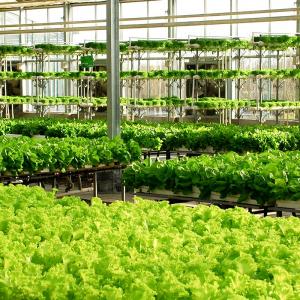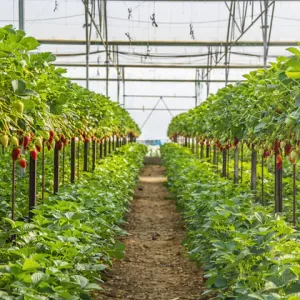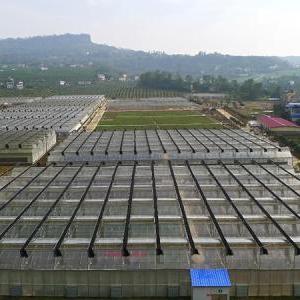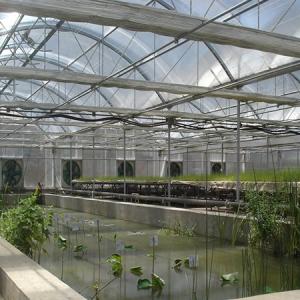Hydroponic Farm in Shipping Containers
Hydroponic farming has gained significant attention as a sustainable and efficient method of cultivation. One intriguing application of hydroponics is the utilization of shipping containers as controlled environments for growing crops. This innovative approach offers numerous advantages, including year-round production, space efficiency, and reduced water consumption.
A growing system inside a shipping container is revolutionizing the way we produce our food. These hydroponic farms can grow larger, healthier plants and produce them in a shorter time. These containers are globally abundant, highly standardized, and incredibly durable. They also offer the perfect climate control for indoor farming.
How does it work?
Shipping containers carry goods, but these containers are used to grow vegetables and herbs. The insulated containers are filled with water, carbon dioxide, nutrients and lighting. A screen inside the container shows the temperature, humidity, concentration of carbon dioxide and lighting levels. The plants absorb nutrients through their roots. The crops are harvested after 28 days.
These container farms use 20-25 times less water than conventional farming. They also do not require pesticides or herbicides. This makes it easier to grow food locally and support small farmers.
The system is easy to keep clean and has a modular design that makes it simple to change out components. The systems are parametrized to the horticultural standards and are designed so replacement parts are available in most hardware stores.
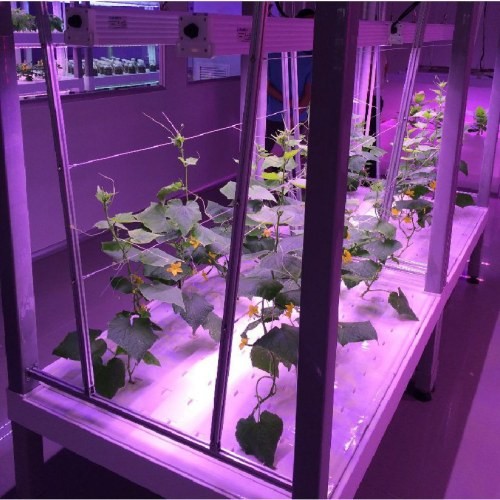
Setting Up a Hydroponic Farm in Shipping Containers
Establishing a hydroponic farm within shipping containers involves several key steps. Let's delve into the process:
Selecting the Right Container
The choice of container is crucial for a successful hydroponic farm. Factors such as size, condition, and structural integrity should be considered. Containers with proper insulation and ventilation are particularly important to maintain a stable internal climate for plant growth.
Designing the Hydroponic System
The hydroponic system design should be tailored to fit the container's dimensions and the desired crop selection. Key components include nutrient reservoirs, growing channels, pumps, and monitoring equipment. The system should provide adequate support and nutrient delivery to ensure optimal plant development.
Providing Adequate Lighting
Lighting is a critical aspect of hydroponic farming in shipping containers. Since containers restrict natural sunlight, artificial lighting systems must be implemented to fulfill the plants' light requirements. LED grow lights are commonly used due to their energy efficiency, customizable spectra, and long lifespan. Proper positioning and intensity of the lights are essential for promoting healthy plant growth and maximizing photosynthesis.
Nutrient Management in Hydroponics
In hydroponic systems, nutrients are supplied directly to the plant roots through the nutrient solution. Achieving the right balance of essential elements is crucial for plant growth and productivity. Nutrient management involves monitoring and adjusting nutrient concentrations to meet the specific needs of different crops at different growth stages. Regular testing and analysis of the nutrient solution help maintain optimal nutrient levels and prevent deficiencies or toxicities.
Monitoring and Controlling Environmental Factors
Maintaining precise control over environmental conditions is vital in a hydroponic farm inside shipping containers. Factors such as temperature, humidity, CO2 levels, and airflow need to be closely monitored and controlled. Automated climate control systems can be employed to ensure stable and optimal growing conditions. Regular monitoring and adjustments are necessary to create an ideal environment for plant growth and maximize crop yields.
Crop Selection for Container Farming
Selecting the right crops for container farming is crucial for success. Certain plants, such as leafy greens, herbs, and small fruiting crops, thrive in hydroponic systems. Factors like growth habit, space requirements, and nutrient demands should be considered when choosing crops. High-value and fast-growing crops are often preferred in container farming to maximize profitability and efficiency.
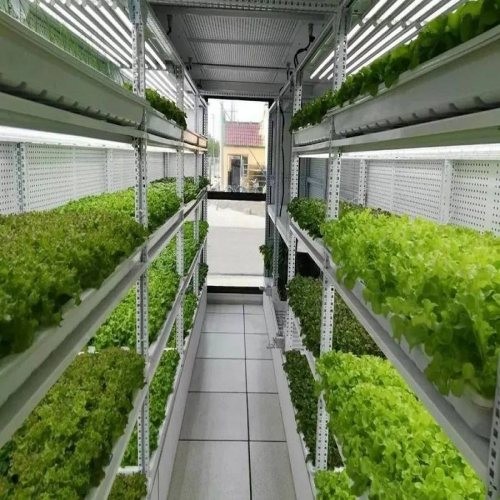
Maximizing Space Efficiency
Space utilization is a key advantage of hydroponic farms in shipping containers. Vertical farming techniques, such as vertical stacking or the use of vertical grow towers, can significantly increase the growing area within a limited space. Careful planning and crop arrangement strategies ensure efficient use of available space, allowing for higher crop yields per square foot.
Maintenance and Care of Hydroponic Systems
Regular maintenance and care are essential to ensure the smooth operation of hydroponic systems in shipping containers. Tasks include cleaning and sterilizing the equipment, monitoring pH and nutrient levels, checking for pests or diseases, and ensuring proper functioning of pumps, lights, and sensors. Implementing a maintenance schedule helps prevent issues and ensures optimal system performance.
Sustainable Practices in Container Farming
Container farming using hydroponics offers inherent sustainability benefits. However, additional practices can enhance the environmental friendliness of the system. These practices include water recycling, efficient energy use, organic nutrient solutions, integrated pest management, and minimizing waste generation. By adopting sustainable practices, container farms contribute to a greener and more resource-efficient agricultural system.
